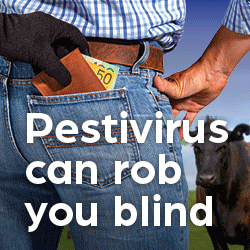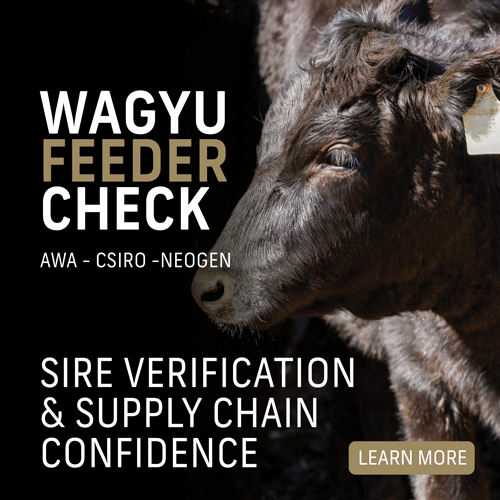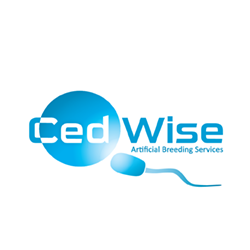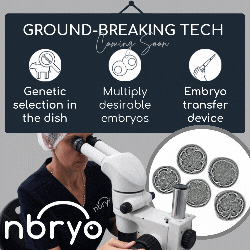MIJ Objective Carcase Measurement
MIJ goes mobile
Developed for Australian processing conditions with a unique Australian configuration
Following on from AUS-MEAT accreditation of the MIJ-30 camera for Marble Score 0-9+, Meat Image Japan (MIJ labo Inc.) have tested and released their new mobile device for the Australian market. The MIJ mobile objective grading camera will make MIJ quality imaging available to more customers – the new addition to the already well known and respected technologies released by MIJ labo Inc. This new device follows similar principles of development and refinement displayed by the MIJ-30 camera, but in a smaller and more available package.
Professor Keigo Kuchida first demonstrated the MIJ mobile phone technology to Australian Wagyu Associations members during the 2017 Japan Tour. MIJ Labo Inc. has been scientifically testing and validating MIJ mobile phone configurations for several years. The new MIJ mobile objective grading camera has been developed for Australian processing conditions with a unique Australian configuration including a specific imaging BEAK.
Like the MIJ-30, the new MIJ mobile technology is capable of rapid and accurate throughput, imaging more than 200 carcases in the chiller or at a grading stations every hour, under Australian conditions.
The MIJ-30, MIJ mobile, MIJ mobile with BEAK (Australian configuration) are all INPUT devices for collecting carcase ribeye images. A lot of time and research has been spent on camera development for each unit.
All MIJ models have access to the same “MIJ carcase database” and perform automatic analysis. The contents of the analysis include the research results and patented technology of Professor Kuchida for more than 30 years and cannot be imitated elsewhere. The AWA have extensively tested the MIJ mobile side by side with the MIJ-30. The MIJ mobile uploads carcase images to the same cloud-based digital analysis platform as the MIJ-30. This means that image analysis on the MIJ mobile provides the same data output fields as the established MIJ-30 commercial grading camera.
The technology also allows for image capture review, allowing the user to review the image just taken and if required, they can elect to retake the image before saving the image for upload. This paired with a simple Bluetooth barcode pairing of carcases tags to image ID’s means that a full recovery and comparison of carcases traits and data can easily be done. If WiFi or adequate Mobile roaming data signal is available, then automatic image upload to the online database can occur. This means that the captured ribeye image can be automatically uploaded and analysis calculated within 5 to 10 seconds, giving real time feedback data for the user.
Key features of MIJ mobile phone objective grading technology
- Optimised configuration for carcase grading
- Can grade all recognized grading site locations
- Over 200 carcases graded per hour
- External LED lighting has been added to accurately capture carcase ribeye images
- Easy to use interface for tailoring the device to individual users
- Image captured review
- Overall, the whole device is only about 1.2kg total
- Standard carcase trait reports as for MIJ-30 data
Purchase an MIJ Mobile Camera
MIJ Mobile device
MIJ mobile kits now cost $4,500 AUD (Australian Based Members) or $3,000 USD (International Based Members) and for this you will get;
- An Australian configuration 30 Degree MIJ Mobile kit with LED light source
- Google Pixel 4XL
- Bluetooth barcode scanner
- Hard cover case for the unit and accessories
- MIJ online database account set up fee covered (approx. $900 AUD value)
Enquire Now
Aaron van den Heuvel
AWA Carcase Camera Technician
Ph: 0468 331 261
Email: [email protected]
Alternatively, click the below button and Aaron will contact you as soon as possible.






